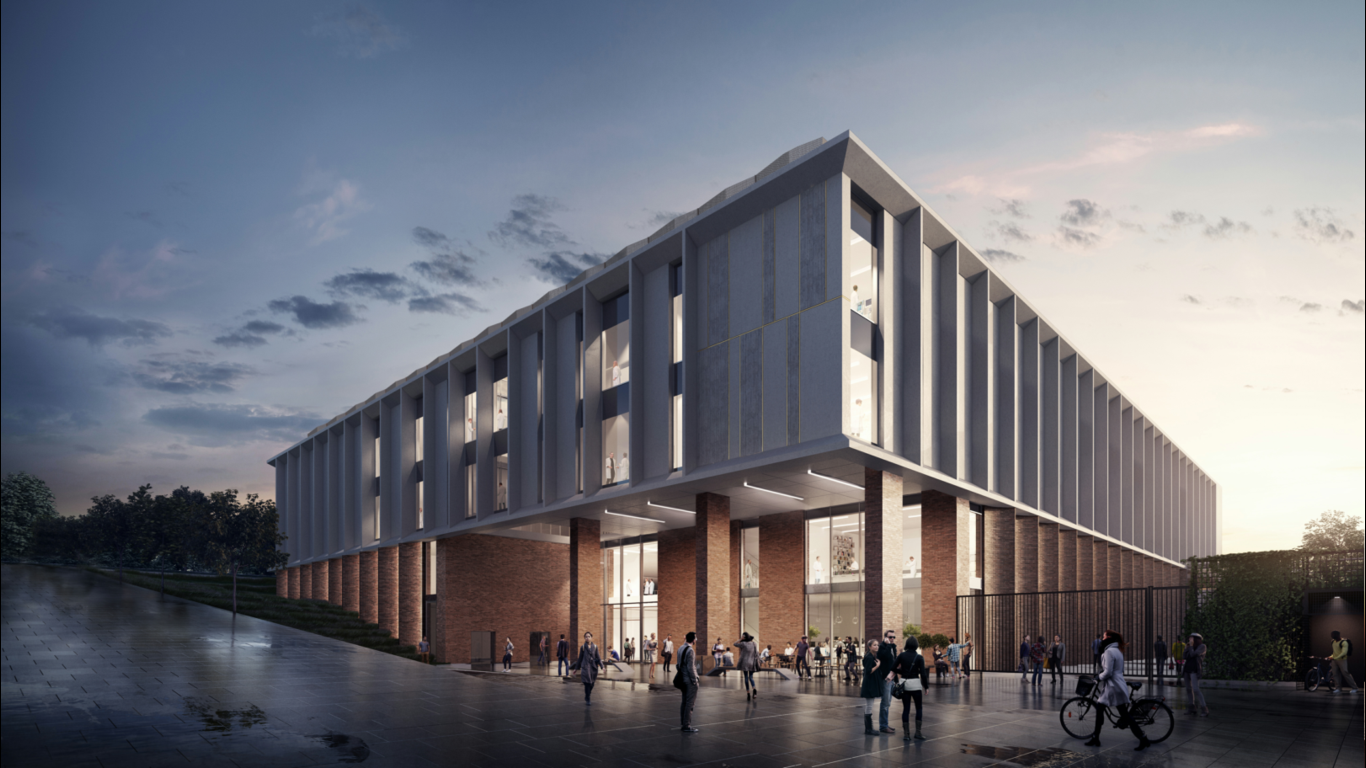Planners have approved a £99 million scheme which includes a new life sciences building on the Sussex University campus at Falmer.
The plans also include a bio innovation centre where it is hoped that ideas, discoveries and research can be utilised by business start-ups. And the existing Genome Centre, in Science Park Road, will be refurbished.
The scheme as a whole expected to generate 600 jobs in Brighton and Hove and the surrounding area and, last week, it won £5.5 million in funding from the government.
It was unanimously approved this afternoon (Wednesday 8 February) by the Brighton and Hove City Council Planning Committee in a meeting at Hove Town Hall. The approval was subject to conditions including satisfactory completion of the proper public consultation.
The new building is to be used for research and teaching in life sciences – principally biology and bio-chemistry, including genetics and seeking a cure for cancer.
Sussex University said: “Some of the country’s leading scientists, including Nobel Prize winner and director of the Crick Institute, Professor Sir Paul Nurse, backed the plans, which will transform the way scientists carry out research and provide students with a high-tech learning experience.
“The world-renowned School of Life Sciences, which is one of the university’s largest academic units, boasts two previous Nobel Prize winning scientists, Sir Harry Kroto and Sir John Cornforth.
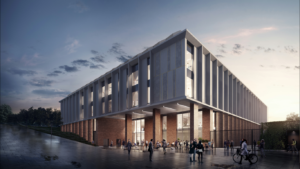
“The school is known for its high-quality teaching and ground-breaking research into conditions such as cancer and neurodegeneration as well as driving major advances in areas such as ecology and conservation, neuroscience and drug discovery.
“The new building, which has been designed by Hawkins Brown Architects, will remain true to the vision of the university’s founding architect, Sir Basil Spence, and will include the distinctive use of glass, concrete, brick and green spaces that the institution is known for.
“Set over five floors, the new development will be built to the highest environmental standards, with some green roofs to reflect its South Downs surroundings.
“The plans include four open courtyard spaces and an ‘internal street’, in nods to Spence’s original designs for the university.
“The building will include collaborative spaces for staff and students to work in, encouraging molecular biologists, zoologists, neuroscientists, pharmacologists and chemists to carry out research alongside each other to develop new scientific insight.
“Its modern laboratories will provide high-tech teaching spaces for students.
“In addition, the development will include a new Bio Innovation Centre, which will be a hub for growing biomedical businesses, strengthening the university’s partnerships with industry and creating more jobs in the region.
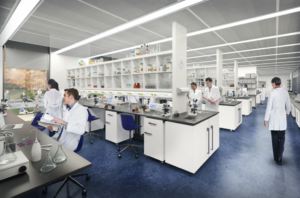
“The centre has received £5.5 million in funding from the government’s Growth Fund, recently being announced as one of only two projects in Brighton and Hove to get this investment.
“With a footprint of more than 17,000 square metres, the new building will be the university’s second-largest, behind only the Library.”
Sussex University’s pro-vice chancellor for research Michael Davies said: “This is fantastic news for the university, for science and for the city and the region, creating jobs and boosting the local economy.
“By becoming a hub for bio innovation, we will help to foster an emerging sector in the region which will have a legacy for years to come.”
Professor Davies added: “This new landmark building will enable us to teach the scientists of tomorrow, alongside producing ground-breaking research that changes people’s lives and makes local people proud.”
Laurence Pearl, head of the School of Life Sciences, said: “Our new state-of-the-art building will ensure that we can continue to produce innovative, world-leading research for decades.
“Our school produces amazing scientists, including Nobel Prize winners, and continues to attract the very best researchers from all over the world to Brighton.”
Professor Pearl added: “The new building will enable our diverse teams of scientists to work more collaboratively alongside each other to make life-changing scientific discoveries.”
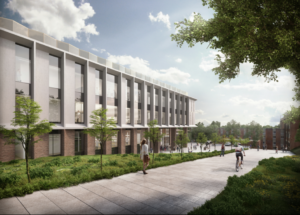
Professor Nurse, director of the Francis Crick Institute, said: “The School of Life Sciences is highly regarded and rated as one of the best in the UK against a range of different parameters – from research impact, student experience and the quality of its teaching.
“It counts Nobel Prize winners and many unsung heroes in specialised disciplines as past and present members of staff.
“Having such a prestigious and world-class academic institution on the doorstep of Brighton and Hove is a major boon for the city and the south east.”
Lady Margaret Kroto, widow of the late Sir Harry Kroto, said: “My husband received his Nobel Prize in Chemistry for research that was carried out when he was at Sussex, a testament to the institution’s tradition of academic scientific excellence.
“I am excited, therefore, to see the university’s campus being reimagined for the 21st century so that it is best placed to continue its pioneering work.”
At the Planning Committee meeting, Councillor Lynda Hyde said that the government had announced £5.5 million towards the project only last week.
Fortuitously it’s before the Planning Committee today, she said, adding: “I like the design and I like the care that’s been taken over the materials. We’re really lucky to have this facility on our doorstep.
“It will be an integral part of the university. I’m really pleased to be able to support this application.”
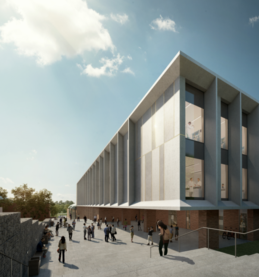
Councillor Adrian Morris said: “It is fortuitous. Following Brexit and the inevitable cuts from the EU to the universities, I think it’s great that this is going through now.”
Councillors Carol Theobald and Leo Littman welcomed the plans and praised the design.
Councillor Theobald said: “I welcome this. I’m so pleased that this is going to happen.”
Councillor Littman said: “This is a very cleverly designed building.”
He added that it was not a pastiche “but it fits”.
Michael Inkpin-Leissner said: “It’s so huge that you would think that it would overpower the area but it fits perfectly.”
Councillor Julie Cattell, who chairs the Planning Committee, said: “The life sciences department at Sussex has been responsible for pioneering research into diseases affecting all families such as dementia and cancer.
“So we’re really pleased to approve a modern new home for them which will become an asset to the city and to the country.”

